Last Updated on August 2, 2021
Ink & Pixel is a source of pride and joy for me as a writer and as such, I’m always striving to take this column further for those who read and enjoy it. In an effort to widen the reach of our continuously growing fanbase, Ink & Pixel has been granted permission to broaden its horizons with the inclusion of films from the Horror, Sci-Fi, and Fantasy genres. I hope that you enjoy this bold new direction for the column. Additionally, if you yourself, or anyone you know, helped to make any of the amazing feature films found within this column, I would love to talk to you to further my knowledge. Please contact me at [email protected] so we can discuss it further.

Isn’t it funny how films like TERMINATOR 2: JUDGEMENT DAY and BACK TO THE FUTURE II have presented us with potential futures that have never come to pass? To date, we have yet to witness an apocalyptic uprising of artificial intelligence or the mass-production of affordable hover boards for today’s growing community of extreme sports enthusiasts. I suppose we are making strides, though. Proper virtual reality gaming is about to take the world by storm and automated systems continue to replace humans in the job market more and more with each passing year. My guess is that it’s only a matter of time before a sentient A.I. being pleads to our courts for legal citizenship. Laugh if you’d like, but we all saw what Johnny 5 did to those B & E thugs when they tried to smash up Ben Javeri’s warehouse.

What’s got me thinking about our impending doom and the robots that will usher it in, you might ask? Well, I thought that today we’d explore the 2001 Japanese animated film, METROPOLIS. Directed by Rintaro (GALAXY EXPRESS 999, NEO TOKYO, PHOENIX: KARMA CHAPTER), METROPOLIS is a stunningly visual exploration of a distant future where humankind and robots begrudgingly coexist. The anime is based in-part on the manga (Japanese comic book) of the same name created by the legendary Osamu Tezuka. Tezuka, who sadly passed away after a bout with stomach cancer, is most commonly known throughout the manga and animation communities for his work on such projects as: Astro Boy, Kimba the White Lion, Black Jack, and the Phoenix, as well as several others. Since his passing, Tezuka and his contributions to the entertainment industry continue to awe and inspire those who’ve come to cherish his talents.

At this point in the article you might be thinking to yourself, “Hey, wasn’t there a another film project entitled Metropolis from way back in the day?” Give yourself a cookie, friend, because you are absolutely correct. Tezuka’s manga was indeed partly inspired by Fritz Lang’s 1927 silent science-fiction drama picture, but shared little with it in terms of plot details. Lang’s classic is a feature film that serves as an experiment in German expressionism and stars Brigitte Helm, Gustav Fröhlich, Alfred Abel and Rudolph Klein-Rogge.

Lang’s film, written by his wife Thea von Harbou, was – at the time, and coming in at a total cost of five million reichmarks – Germany’s most expensive film ever released. Though extravagant, the film was praised among critics as many found Lang’s Metropolis to be technologically brilliant in addition to its insightful execution of social commentary. Since its initial release in 1927, the film has been restored and extended, using footage that ended up on the cutting room floor all those years ago. Hell, even rockers like Freddie Mercury, Loverboy, and Adam Ant have released their own versions of the film in which they themselves provided their own renditions of the soundtrack.

So what is Rintaro’s METROPOLIS all about then? In the distant future, robots have grown quite advanced,and as a result, have been absorbed into the world’s general population. The problem is, much of humankind feels that this merging of races is a mistake due to resentment over the robots often being used to replace humans in the work force. Hence, a line is drawn in the proverbial sand between the two, with the humans then treating the robots as second class citizens. A powerful would-be ruler named Duke Red constructs a tremendous skyscraper he calls the Ziggurat, which he claims, upon its completion, will help to restore humankind to its rightful place above their robot counterparts. Little do the people of Metropolis know that deep within the center of the Ziggurat lies a weapon of mass destruction. And the key controlling that weapon? A robot designed by a mad scientist named Dr. Laughton, to look like Duke Red’s deceased daughter, Tima.

With the grand opening of the Ziggurat right on schedule, a private detective known as Shusaku Ban and his nephew Kenichi arrive on the scene, hoping to apprehend the nefarious Dr. Laughton who’s wanted elsewhere for organ trafficking. Before long, Shusaku Ban and Kenichi find themselves fighting for their lives against Duke Red and his adopted son-turned-assassin, Rock. In the midst of all this, Kenechi finds himself falling deeply in love with Tima – a taboo that is unheard of among his fellow humans. With the fate of all human- and robot-kind resting on the morals of a young woman, will Kenechi’s love and protection for her be enough to rescue the city of Metropolis from a cruel and deadly tomorrow? I highly recommend that you watch the movie to find out.

Working alongside Rintaro in bringing Osamu Tezuka’s bold and brilliant Metropolis manga to the animated big screen was screenwriter Masao Otomo. Otomo worked hand-in-hand with Rintaro throughout the writing process of METROPOLIS, and was integral to the project being realized to its full potential. When Rintaro first approached Tezuka for permission to create a film based on the Metropolis manga, he was denied. Taken aback by Tezuka’s response, Rintaro could only suppose that the creator withheld approval because the images and story presented were perceived as incomplete. At first, Rintaro accepted this outcome, but found that his ideas for realizing this film in an animated format continued to fill his mind. Rintaro persisted in his attempts to share his vision of Metropolis with Tezuka, eventually gaining his blessing to move forward with his team into production.

When creating the dynamic visual effects for METROPOLIS, Rintaro and his team turned to the talented artists and specialists at MadHouse Inc. for their expertise. METROPOLIS was made using a combination of hand-drawn cels in conjunction with digital art programs. In keeping with Tezuka’s signature style, pages from his acclaimed manga were scanned into MADHOUSE’s computers and passed along to the studio’s artists for reference material. Notably, one of the biggest challenges for the artists was blending the cel animation with the digital information from their computers. Why’s that? Well, it’s important to remember that at the time this film was being made, software engineers were still exploring the concept and execution of creating and merging analog art with hand-drawn materials. METROPOLIS was in all rights a very ambitious project when it was being made.

By the time METROPOLIS had exited theaters the film managed a worldwide gross of just $4,035,192 in box office receipts. I admit that this seems like an unimpressive return, but I am happy to report that the film went on to become largely popular in the home DVD market, and has since gone on to be regarded as a cinematic gem among anime enthusiasts. The film currently holds a strong 87% Fresh overall rating on RottenTomatoes.com, in addition to an Audience Score of 81% in positive reviews.

Personally, this is one of my top ten all-time favorite anime films. The animation is positively stunning, it’s characters are affecting, and the soundtrack provided by Toshiyuki Honda is filled with wild jazz, funk, and the sort of smokey bar crooning that would make fans of Beth Gibbons of Portishead fame take notice. Considering the time in which this film was made and the technology that was available to the talented folks over at MADHOUSE, I view this film as an important stepping (stone?) in the art of Japanese animation. Oh sure, we’ve done some pretty amazing things with computer generated animation since the early 2000’s, but the growth of all that stuff was nurtured by the seed that was Rintaro’s METROPOLIS.



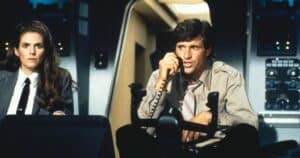

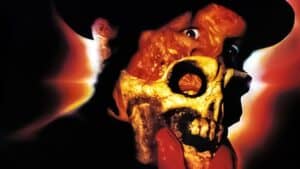

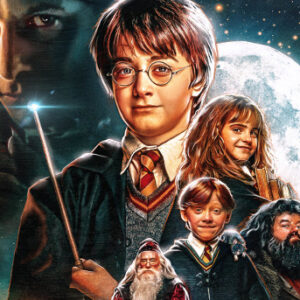
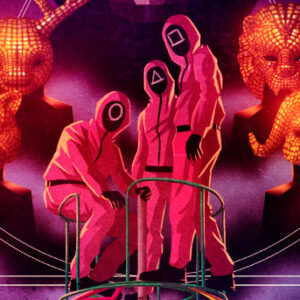

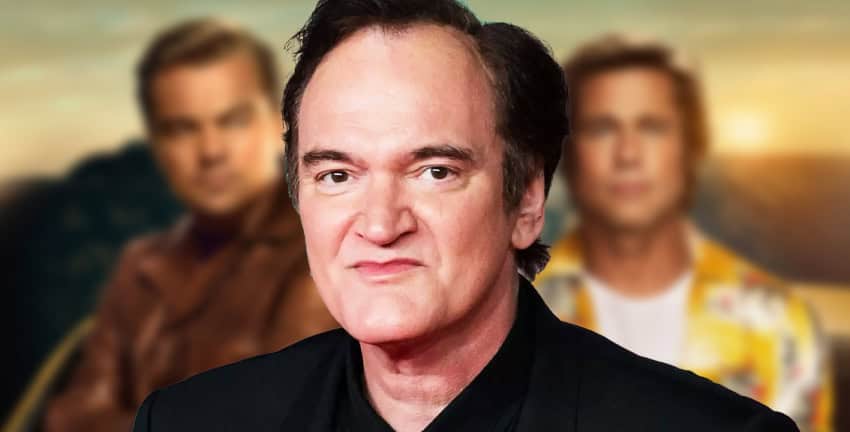
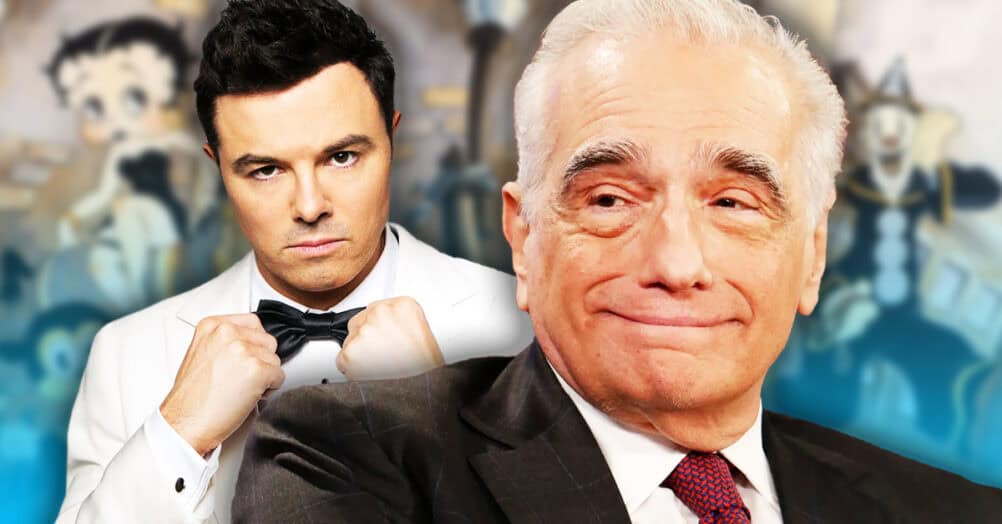

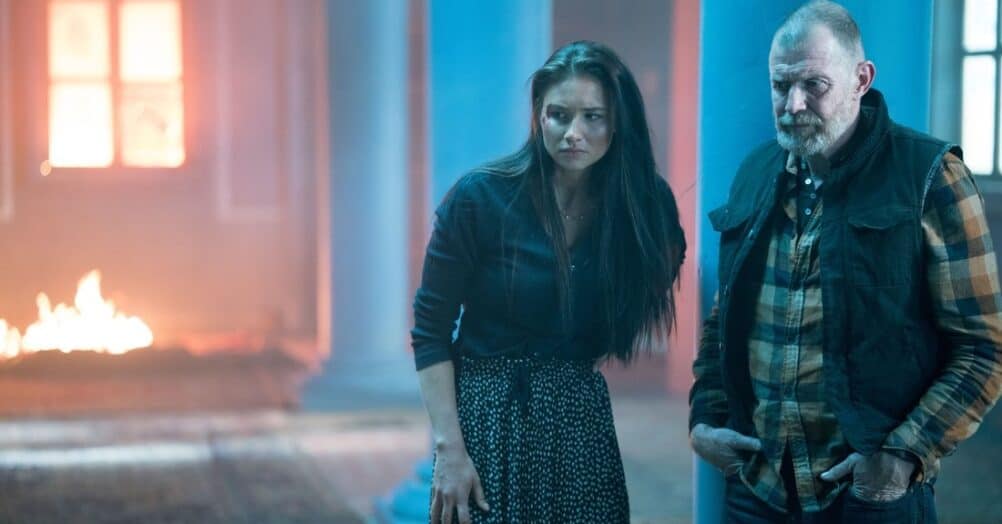
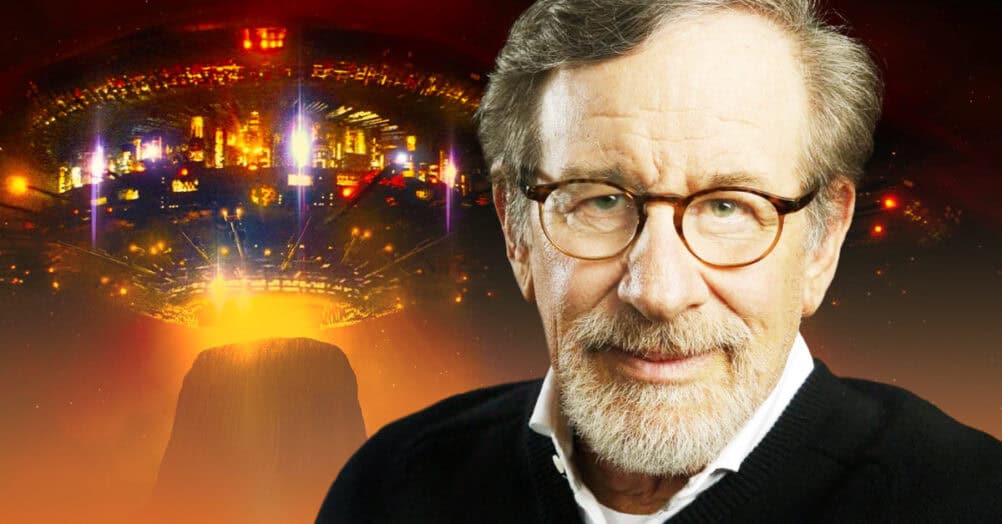
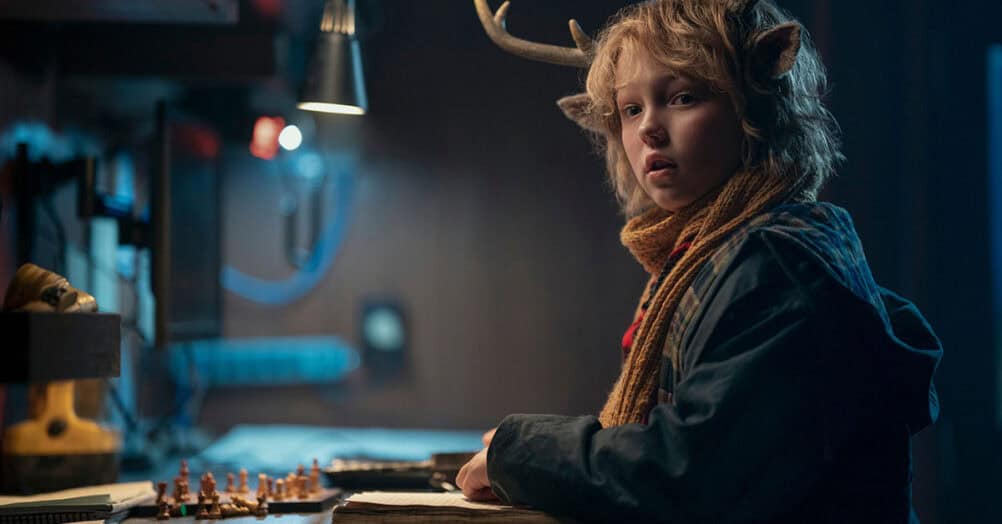
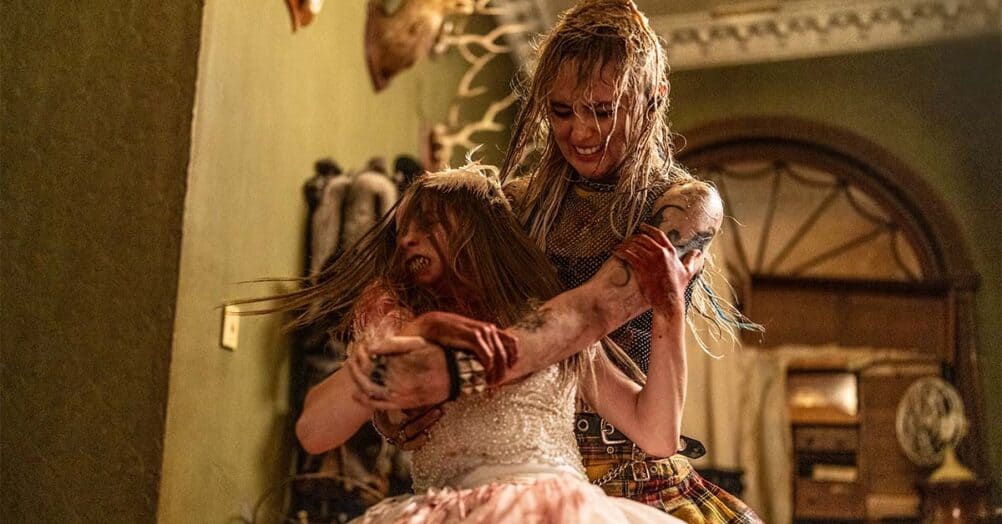
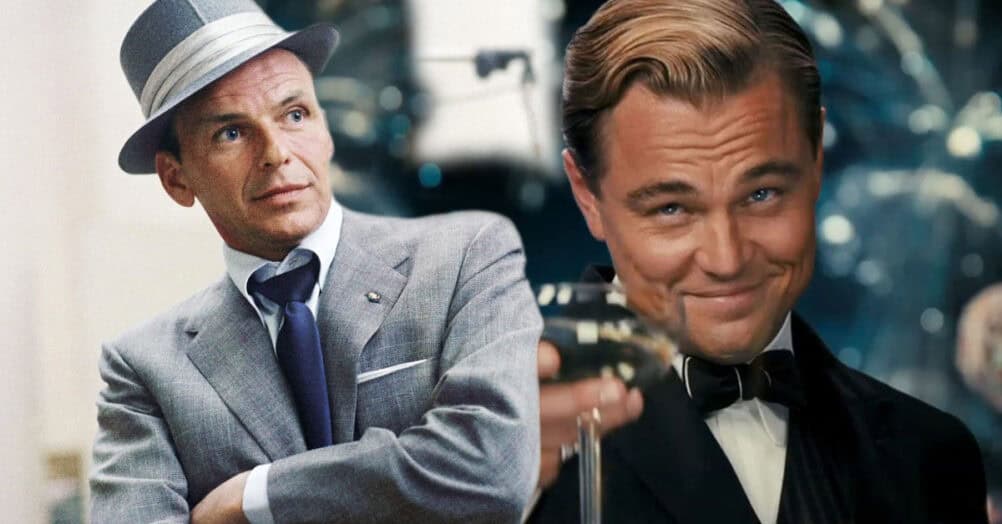
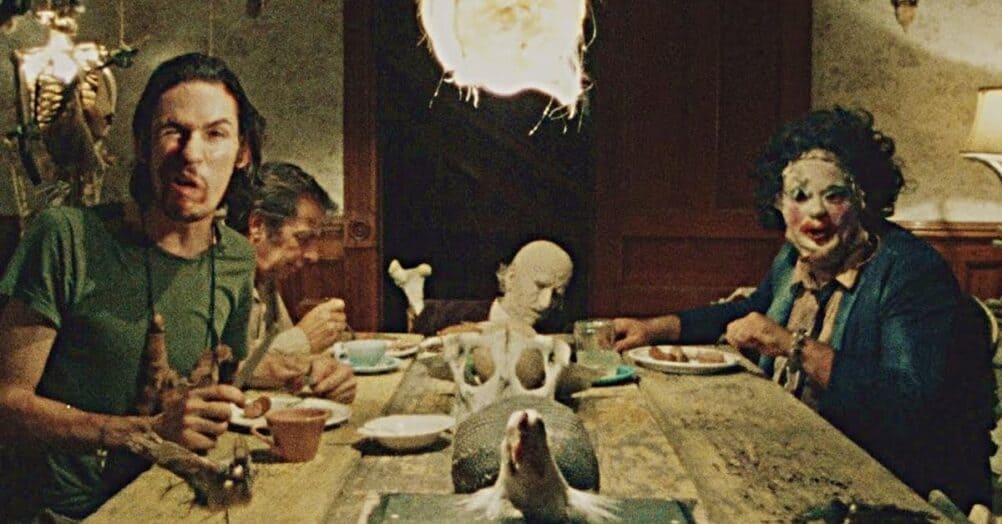
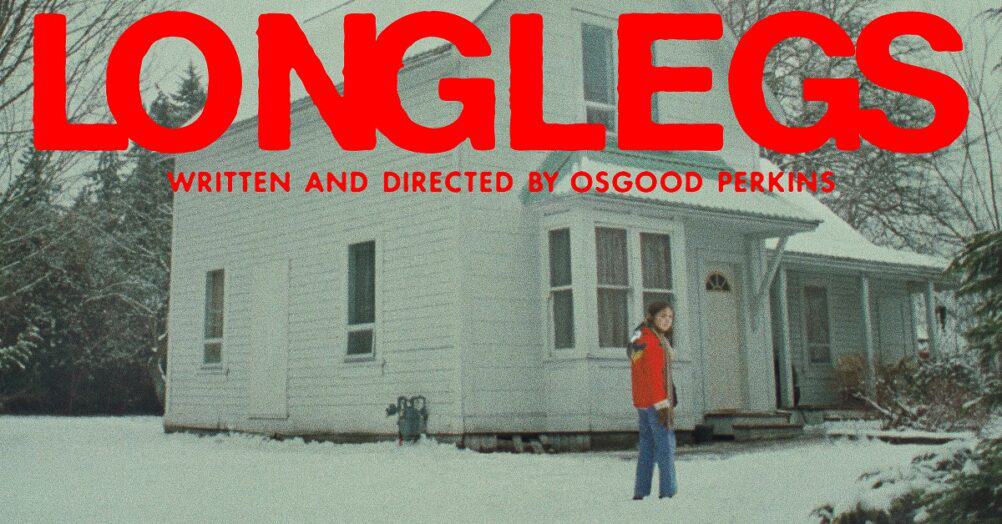
Follow the JOBLO MOVIE NETWORK
Follow us on YOUTUBE
Follow ARROW IN THE HEAD
Follow AITH on YOUTUBE